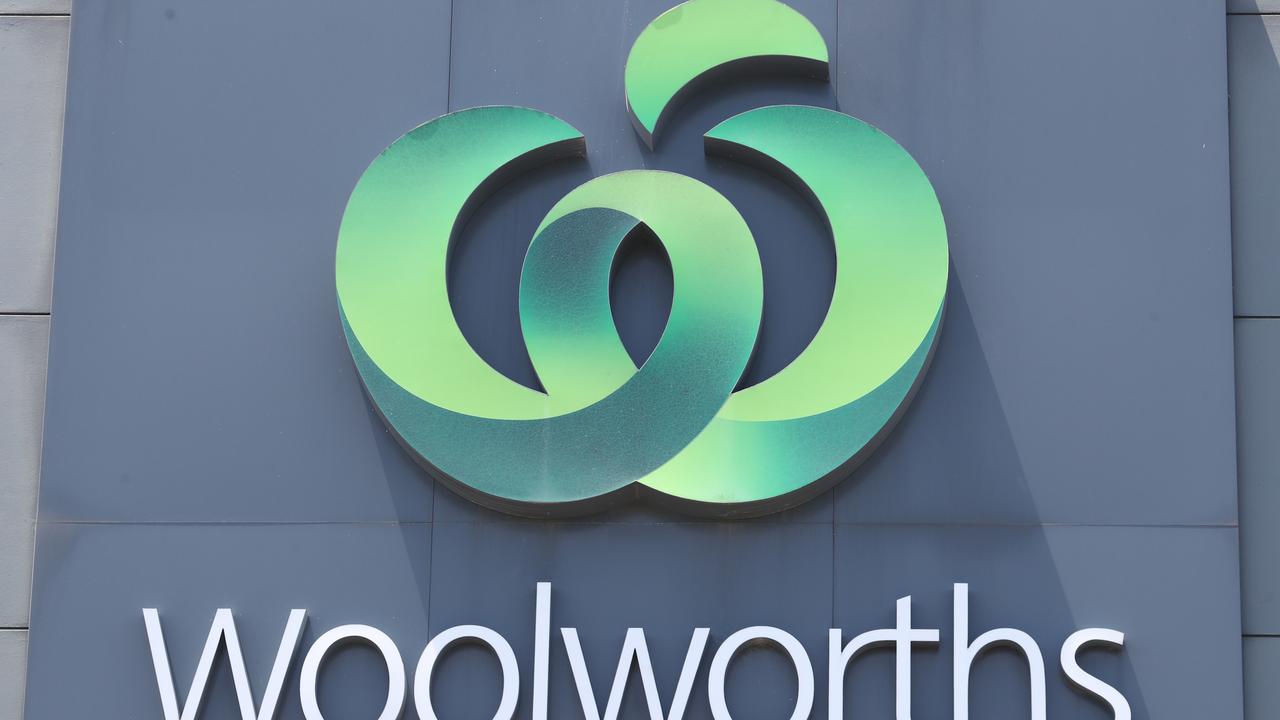Spyfecta! Melbourne Cup Day breakthrough by WW1 agent cracked key German code
SPYFECTA! Our most important Melbourne Cup win was by a code-cracking agent — whose day at the races sparked his biggest breakthrough.

ANZAC Centenary
Don't miss out on the headlines from ANZAC Centenary. Followed categories will be added to My News.
IT’S a story worthy of the best spy thrillers, but it is rarely told — and the Melbourne Cup forms part of the backdrop.
While James Bond might prefer casinos (although he is partial to the odd filly) an Australian code-breaker made his breakthrough — and helped stop Germany’s rampaging World War One fleet — after a frustration-busting day at Flemington.
GET IT LIVE: CUP UPDATES ALL DAY WITH CAMERON TOMARCHIO
The story began as international tensions built to the declaration of war in August 1914, when London alerted the Royal Australian Navy to the existence of a secret German codebook that let Germany’s merchant vessels send secure telegraph messages to her warships.

In the search for the so-called HVB codebook, naval officers around the country were told to look out for giveaway documents when they detained any German ships, some of which were in Australian waters when hostilities began.
One such ship, the Seydlitz, did a runner from Sydney while another merchant ship, the Pfalz, was detained just off Melbourne.
The yarn great — Australian big guns firing the first shots of the war for the British Empire and a cunning stunt by a pistol-wielding captain who fooled the enemy — but in the interests of brevity we’ll skip the details for now. (If you do want to read more about the capture, just click here.)
CAN’T CRACK THE CODE? HEAD TO THE CUP
The real result was the finding a copy of the HBV codebook aboard. It was the only copy in Allied hands and so all German codes the British Admiralty intercepted were sent to Melbourne to be decoded.

Cracking the code fell to Frederick William Wheatley, a former Royal Australian Naval College instructor in Geelong and a fluent German speaker. He was seconded to the Naval Staff as a code-breaker.
It was a complicated code, involving 450,000 possible four letter groups, although its use was often confined to routine announcements between vessels. The British and Australians didn’t know that at the time.
In the chaotic opening weeks of the war, the value of such intelligence was hard to gauge. But Wheatley knew any advantage over the enemy was priceless. He became consumed by the task, working on the puzzle for three days and two nights, filling “thousands’’ of foolscap sheets of paper with letters, checking and cross-referencing.

“It was impossible to try all the changes that could be made because the letters could be altered to any other letter,’’ Wheatley wrote later. “At the rate of one a second it would take two million, million, million years to try them all.’’ He used a process of elimination, a series of matching patterns, and identifying repetition within the codebook’s alphabet. It was an enormous task and his deadline was “urgent.’’
WEIRD FACTS FROM WW1: @UNTOLD100
On Melbourne Cup Day 1914, an exhausted and dispirited Wheatley decided to step away from his desk to go to Flemington to watch the Cup.
The result was a shock when 20-1 outsider Kingsburgh won but the celebrations didn’t keep Wheatley long.

Back at his desk, studying the coded patterns again, a now refreshed Wheatley found the inspiration he needed. By 6pm, he had cracked the code.
“These messages ... were all from the German Pacific squadron and gave their itinerary through the Magellan Straits, up to the Abrolhos Island off Brazil ... and then to West Africa,’’ Wheatley wrote.
Copies of the decoded books were sent to the Admiralty, and it is believed the decoded messages helped the British fleet in the South Atlantic, when it defeated the Germans at the battle of the Falkland Islands on December 8.
South Australian-born Wheatley went on head the Royal Australian Naval College after the war and later moved to Cranbrook School, Sydney. The father of a son and a daughter, he was appointed a CBE in 1932 — but his role in cracking the HBV code remains largely unheralded.
Originally published as Spyfecta! Melbourne Cup Day breakthrough by WW1 agent cracked key German code


